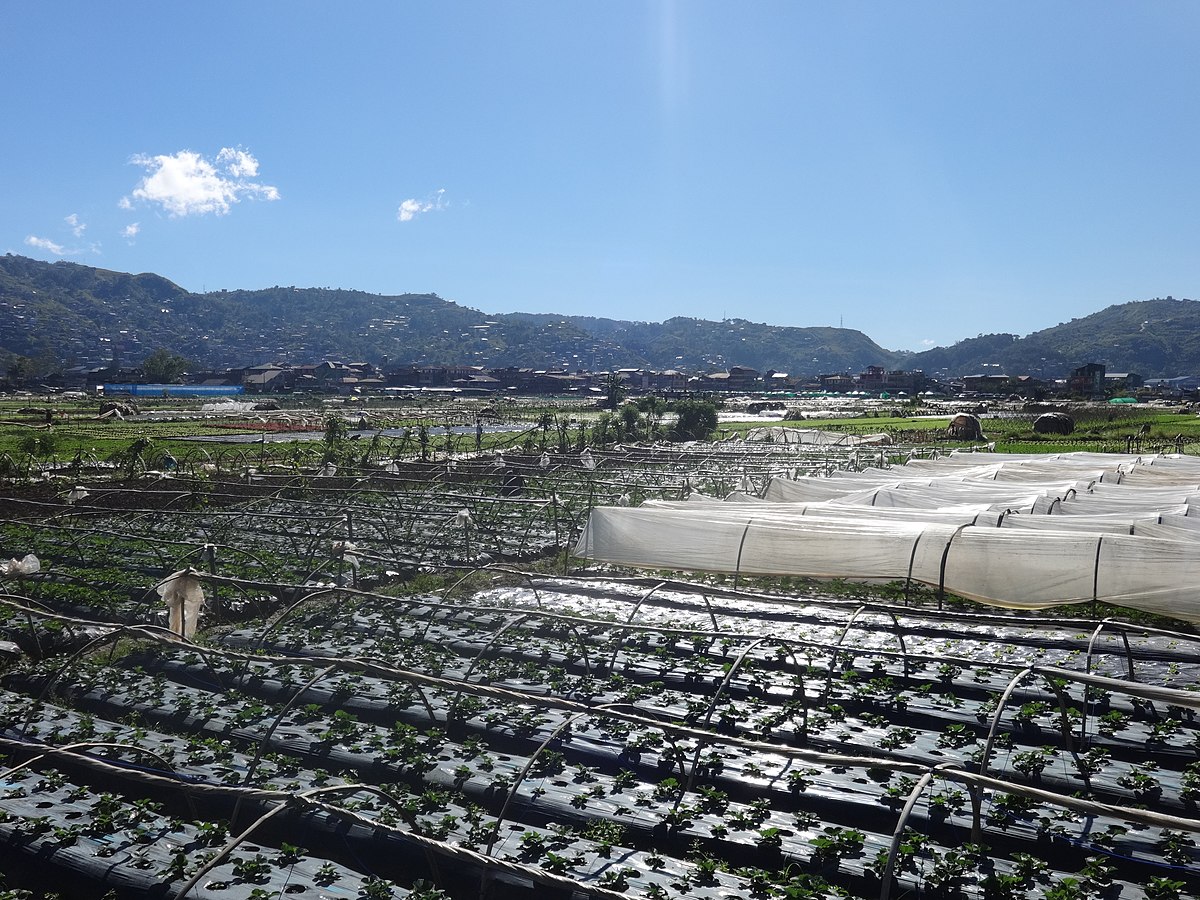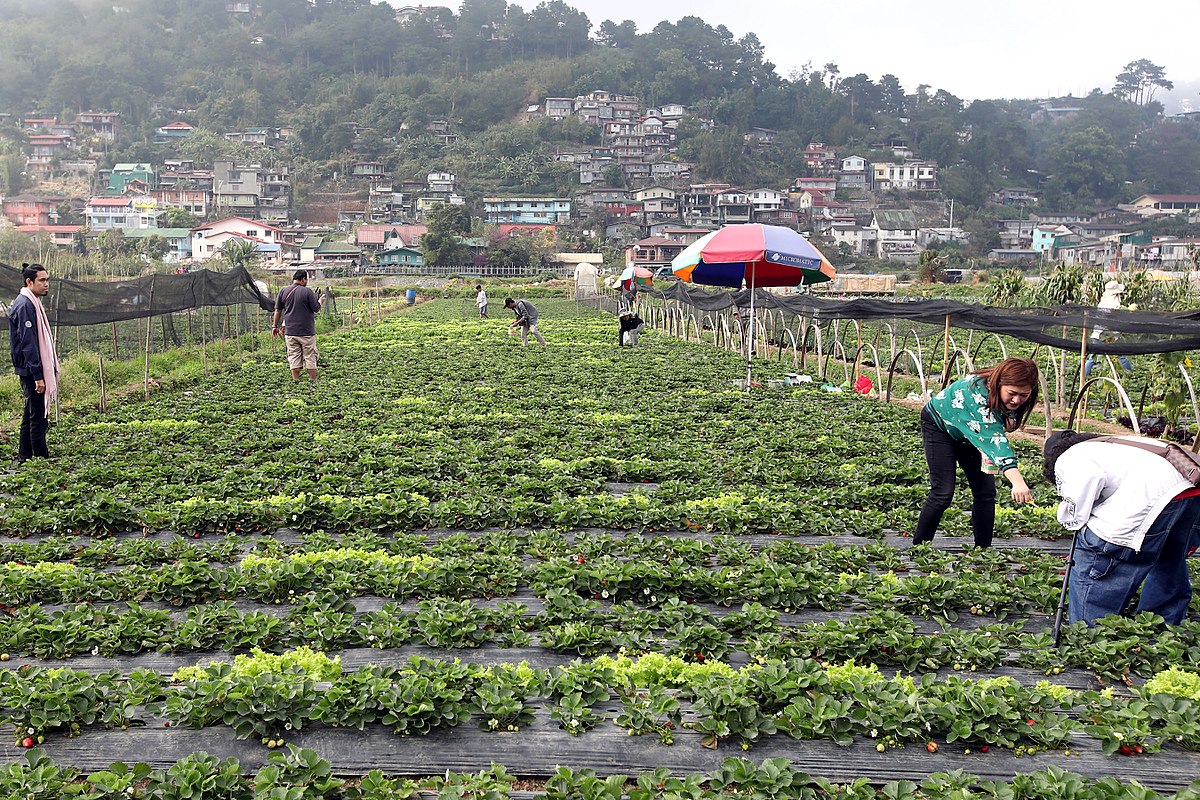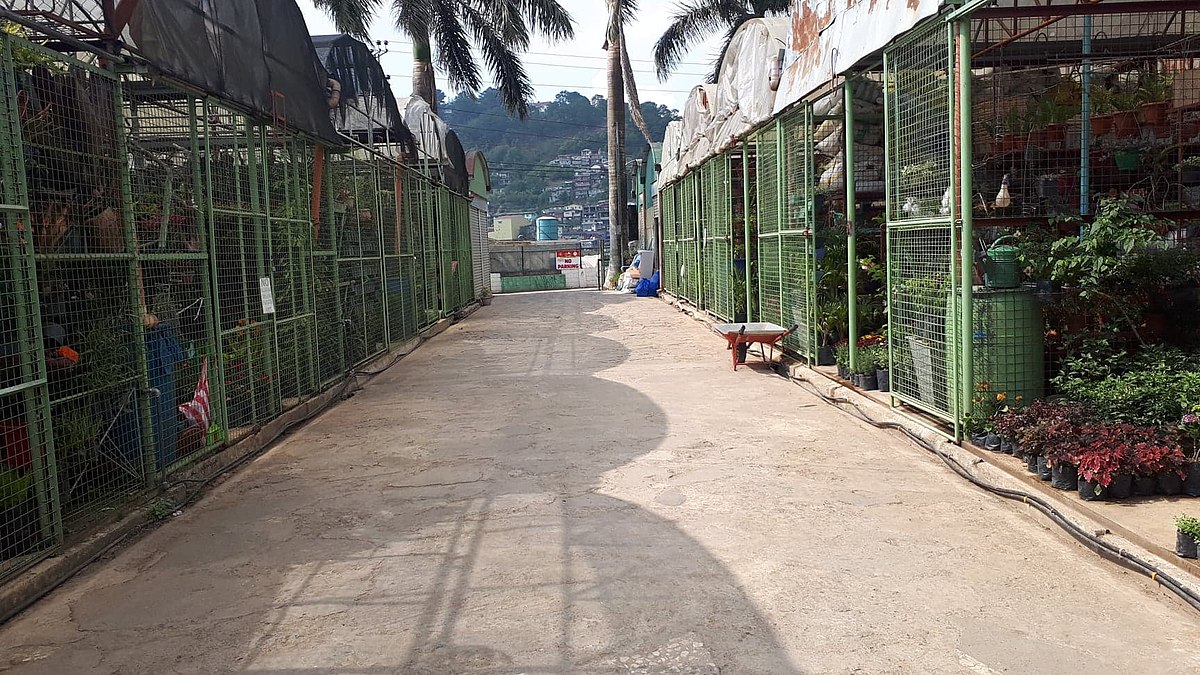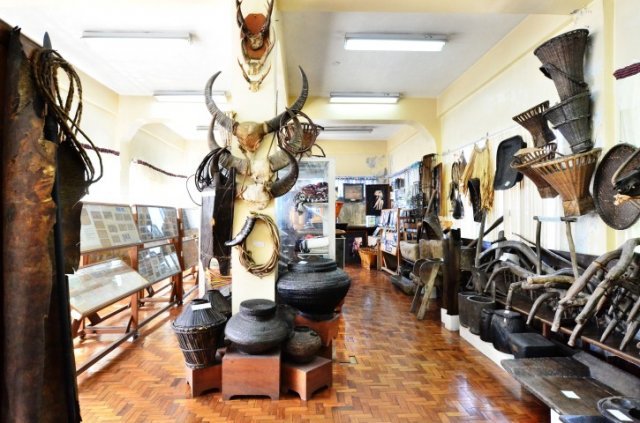Welcome to La Trinidad in Benguet, and welcome to Anthro on Foot's walking tour! This is a self-paced
walking
tour that features key heritage sites and cultural highlights in the area. We hope you enjoy this tour
as much as
we enjoyed curating it!
La Trinidad is situated in the province of Benguet, traditionally inhabited by indigenous peoples
such as the Ibalois, mainly the Ibaloi migrants from Tinek, and Kankanaeys. These communities had
distinct languages, traditions, and cultural practices.
Similar to other mountainous regions in the Philippines, agriculture played a vital role in the
precolonial history of La Trinidad. The indigenous peoples were skilled in terrace farming, adapting
to the challenging mountainous terrain. They cultivated crops such as rice, root crops, fruits, and
vegetables using intricate farming and terracing techniques.
The arrival of the Spanish colonizers in the Philippines in the 16th century marked a significant
shift in the history of La Trinidad and the Cordillera region. The influences of colonial rule,
changes in governance, and the introduction of Christianity have shaped the modern cultural
landscape of the area.
In 1846, Commandante Guillermo Galvey introduced La Trinidad to the Spanish colonizers,
subsequently renaming the area after his wife, Doña Trinidad. This marked the beginning of Spanish
political control, leading to the establishment of the District of Benguet at Puguis.
The site where the current Provincial Capitol stands once housed the Spanish Presidencia, also
referred to as the Poblacion or town. The construction of the Presidencia, achieved through forced
labor, involved individuals from various Rancherias who used tools like pointed wooden materials for
excavation and baskets and wooden planes for soil transportation. As an obligation to the Spanish
Government, many men, women excluded, were compelled to contribute their labor to the construction
endeavors of the Spaniards.




